There’s something magical about communities that have developed around naturally occurring thermal waters. These special places often feature unique cultural practices and architectural designs specifically created to harness the constant flow of mineral-rich, heated water bubbling up from deep within the earth.
Here is a list of 14 towns around the world where natural hot springs emerge right in the heart of downtown, shaping both the physical landscape and the daily rhythms of local life.
Pagosa Springs
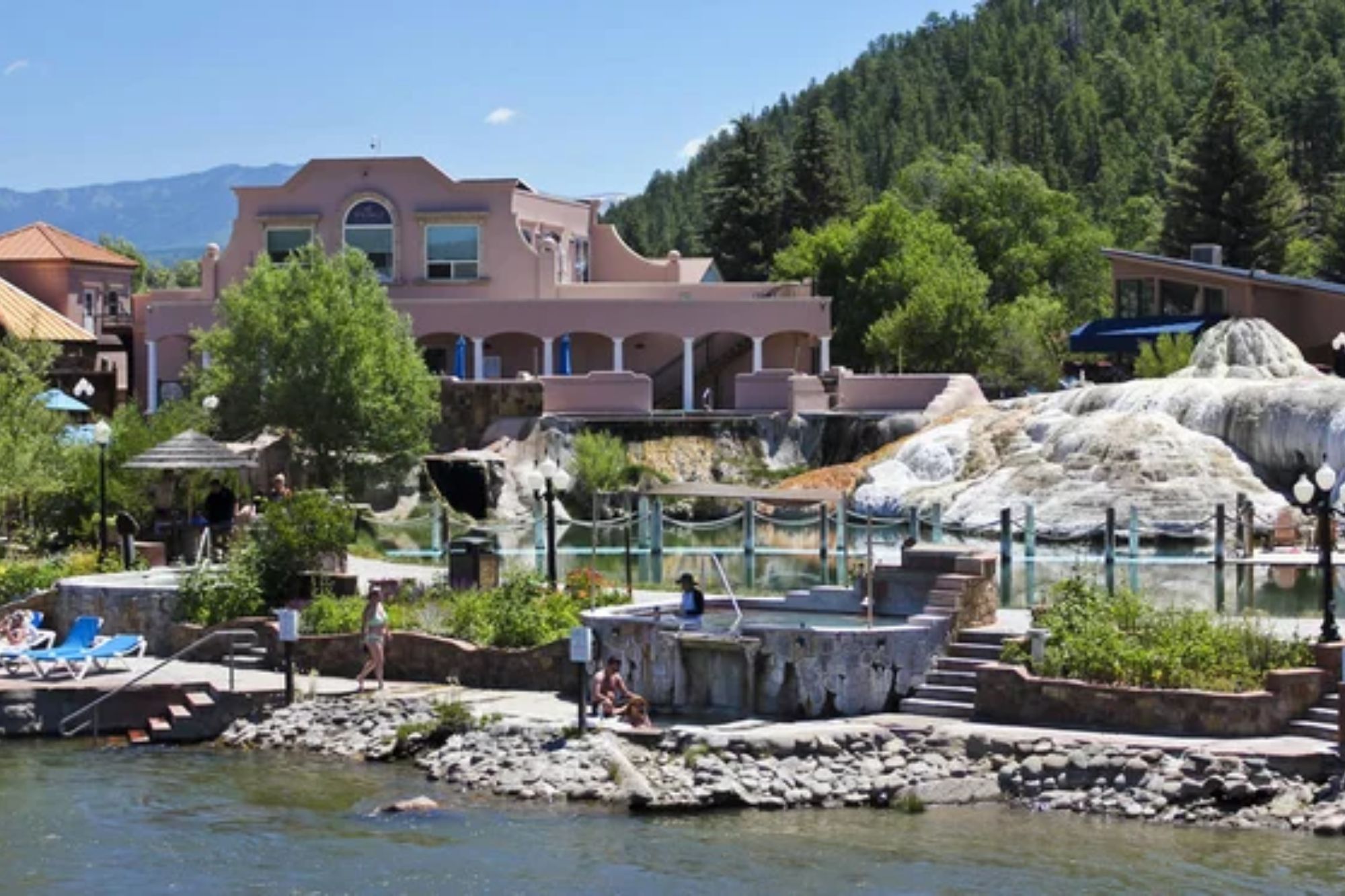
This Colorado mountain town centers around the world’s deepest measured geothermal hot spring, with downtown buildings encircling the steaming Great Pagosa Hot Spring. The main spring feeds numerous developed bathing facilities within walking distance of the town’s shops and restaurants, ranging from luxury spas to more rustic soaking pools.
Local businesses harness the geothermal resource for heating, with some sidewalks even warmed by underground piping that prevents ice buildup during harsh mountain winters.
Beppu
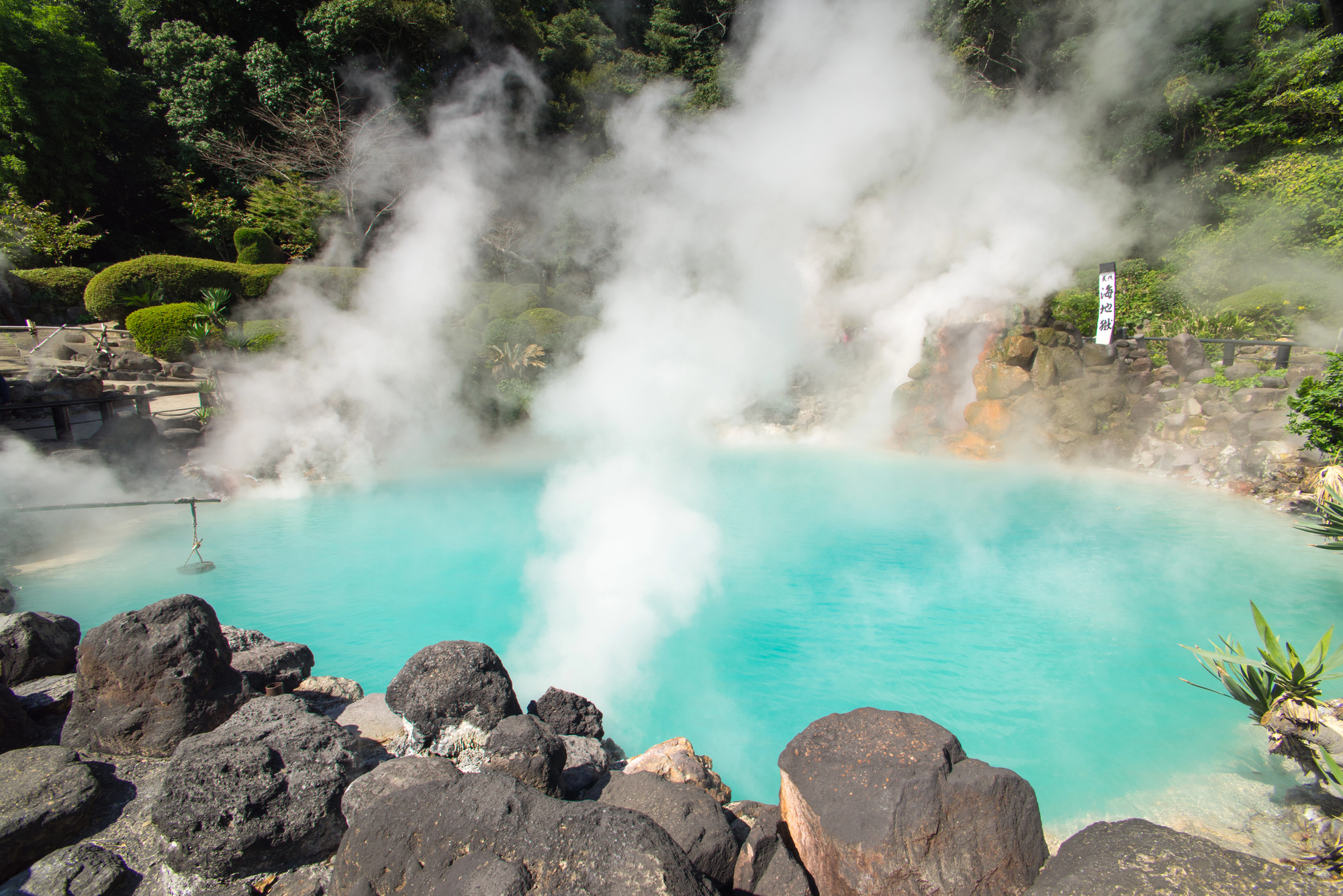
Eight major hot spring areas collectively known as the ‘Eight Hells’ define this Japanese city on Kyushu Island, sending steam rising dramatically throughout the downtown area. The distinctive blue-gray vapor clouds create an otherworldly atmosphere, especially on cool mornings when thermal mist envelops entire city blocks.
Beyond traditional bathing houses, local restaurants use natural steam for cooking, with specialty dishes prepared directly in the mineral-rich vapor emerging from vents throughout the town center.
Bath
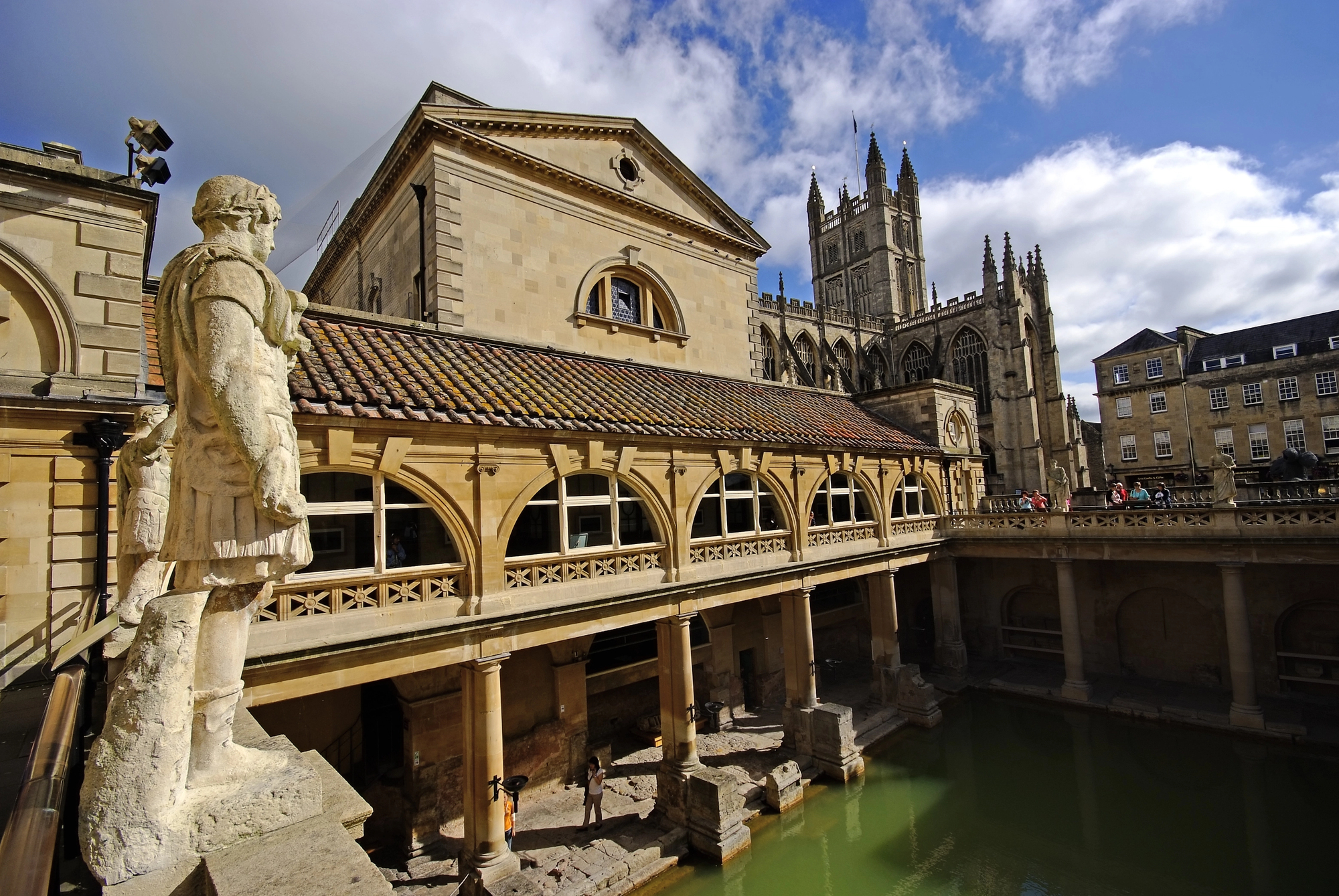
The only naturally hot spring in the United Kingdom forms the historical and cultural heart of this elegant English city, with grand Georgian architecture surrounding the ancient Roman bathing complex. The thermal waters rise at a constant temperature of 115°F, delivering over half a million gallons daily through a sophisticated system first engineered by Romans nearly 2,000 years ago.
Modern restoration has preserved both the Roman structures and the continuous flow of thermal water, maintaining the spring’s presence in daily city life just as it has been since pre-Roman times.
Like Travel Pug’s content? Follow us on MSN.
Rotorua
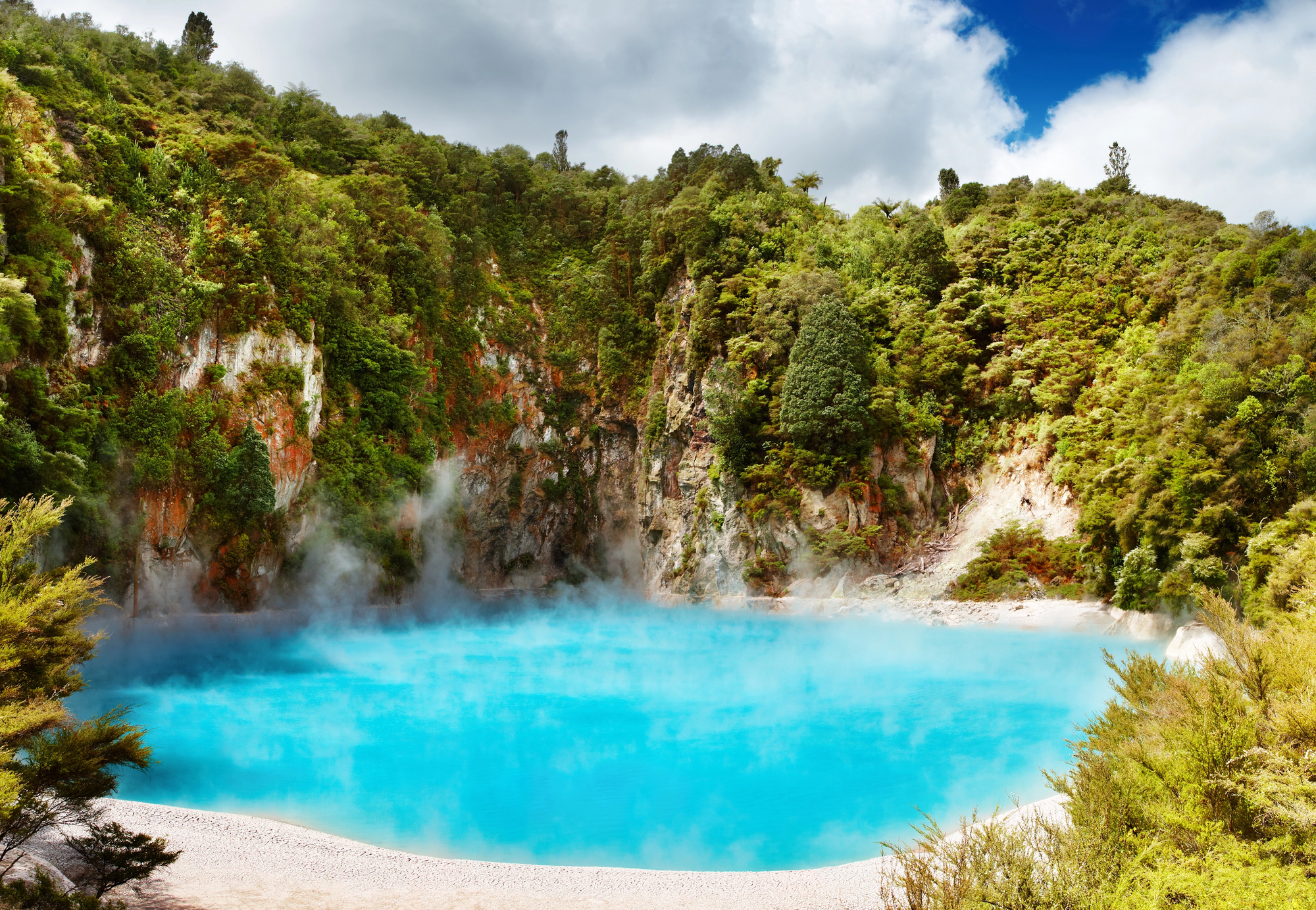
This New Zealand town embraces its geothermal identity with steam literally rising from storm drains, parks, and even private backyards throughout the downtown area. Maori communities have used these thermal features for cooking, healing, and ceremonial purposes for centuries, maintaining cultural practices developed around this unique resource.
The distinctive sulfur smell—affectionately called the ‘Rotorua perfume’ by locals—permeates the town center as a constant reminder of the powerful natural forces active just beneath the surface.
Ouray
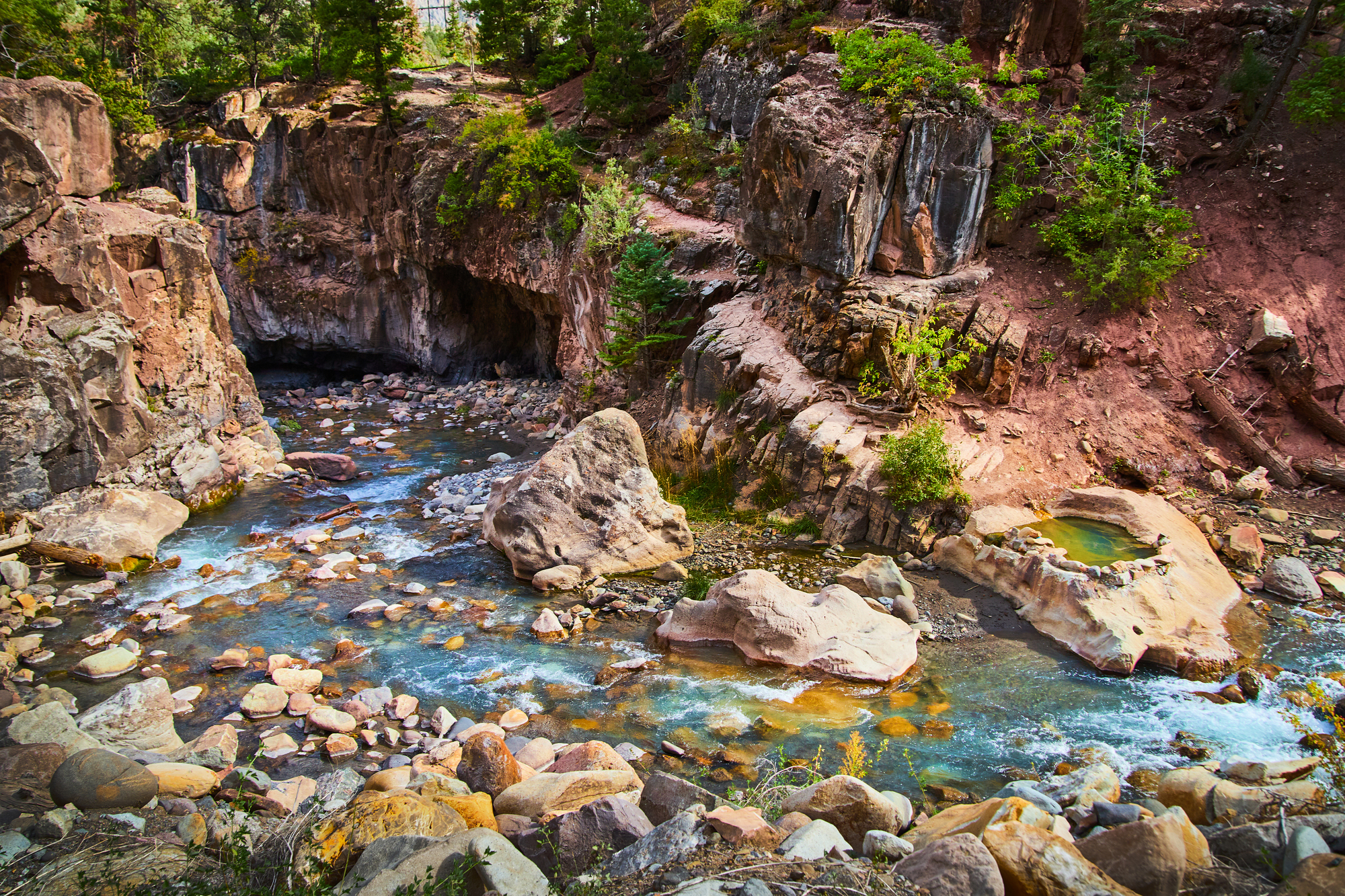
Nestled in a tight box canyon in the Colorado Rockies, this former mining town redirected its natural hot springs into a community pool right in the center of the historic district. The million-gallon public facility maintains a constant temperature between .77-104°F year-round without any mechanical heating, with steam rising dramatically against the backdrop of snow-covered peaks in winter.
Victorian-era buildings line the streets immediately surrounding the springs, creating an architectural landscape specifically designed to maximize access to the therapeutic waters.
Kusatsu
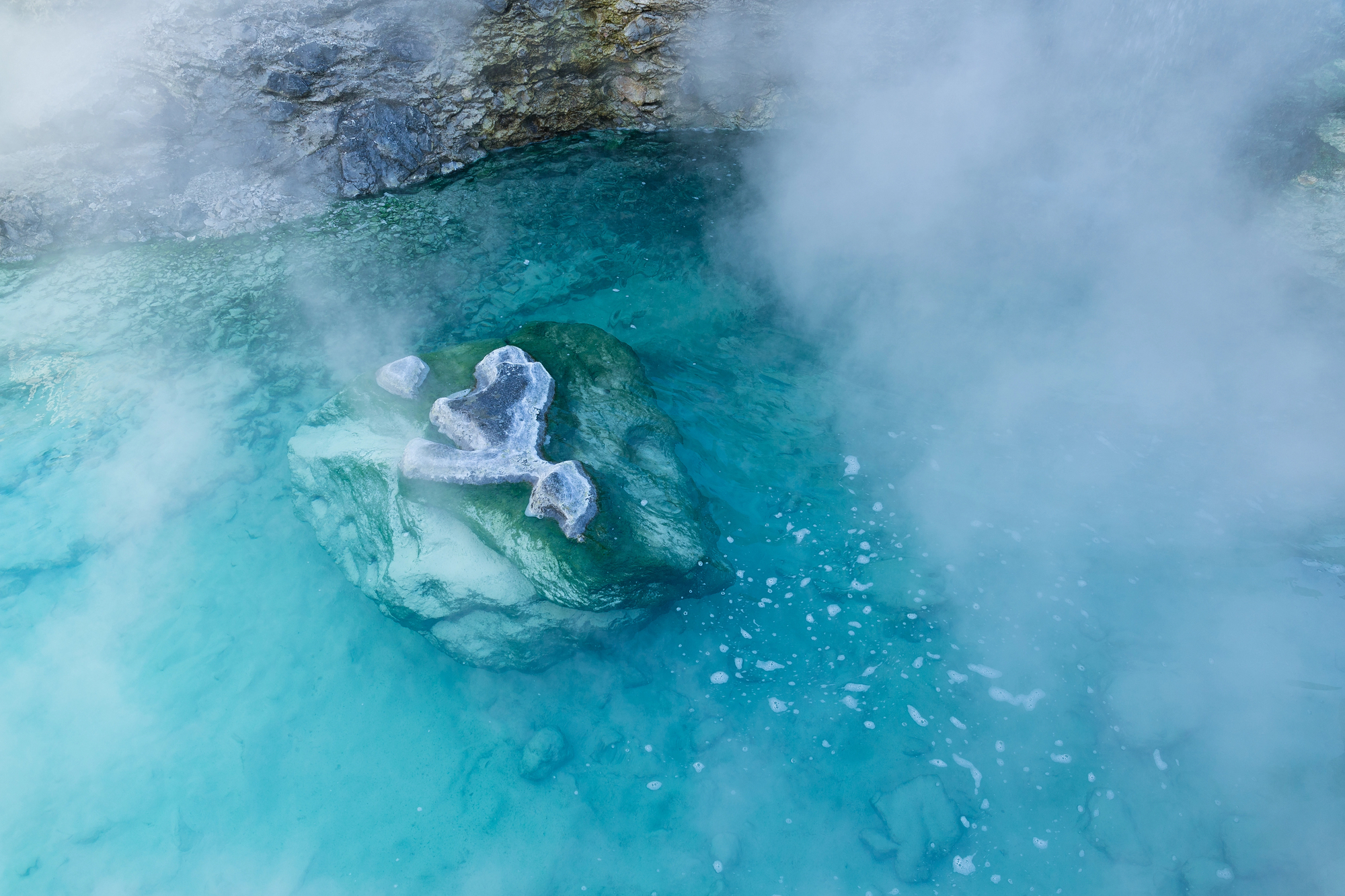
This Japanese resort town features a massive yubatake (hot water field) as its central plaza, where thermal water cools as it flows through a series of wooden conduits before being distributed to bathhouses throughout the community. The distinctive bright blue-green color results from the water’s unique mineral composition, providing a vivid focal point visible from nearly every downtown location.
Multiple times daily, local women perform the traditional yumomi water-cooling demonstration using giant wooden paddles, continuing a centuries-old practice developed before mechanical cooling systems existed.
Like Travel Pug’s content? Follow us on MSN.
Thermopolis
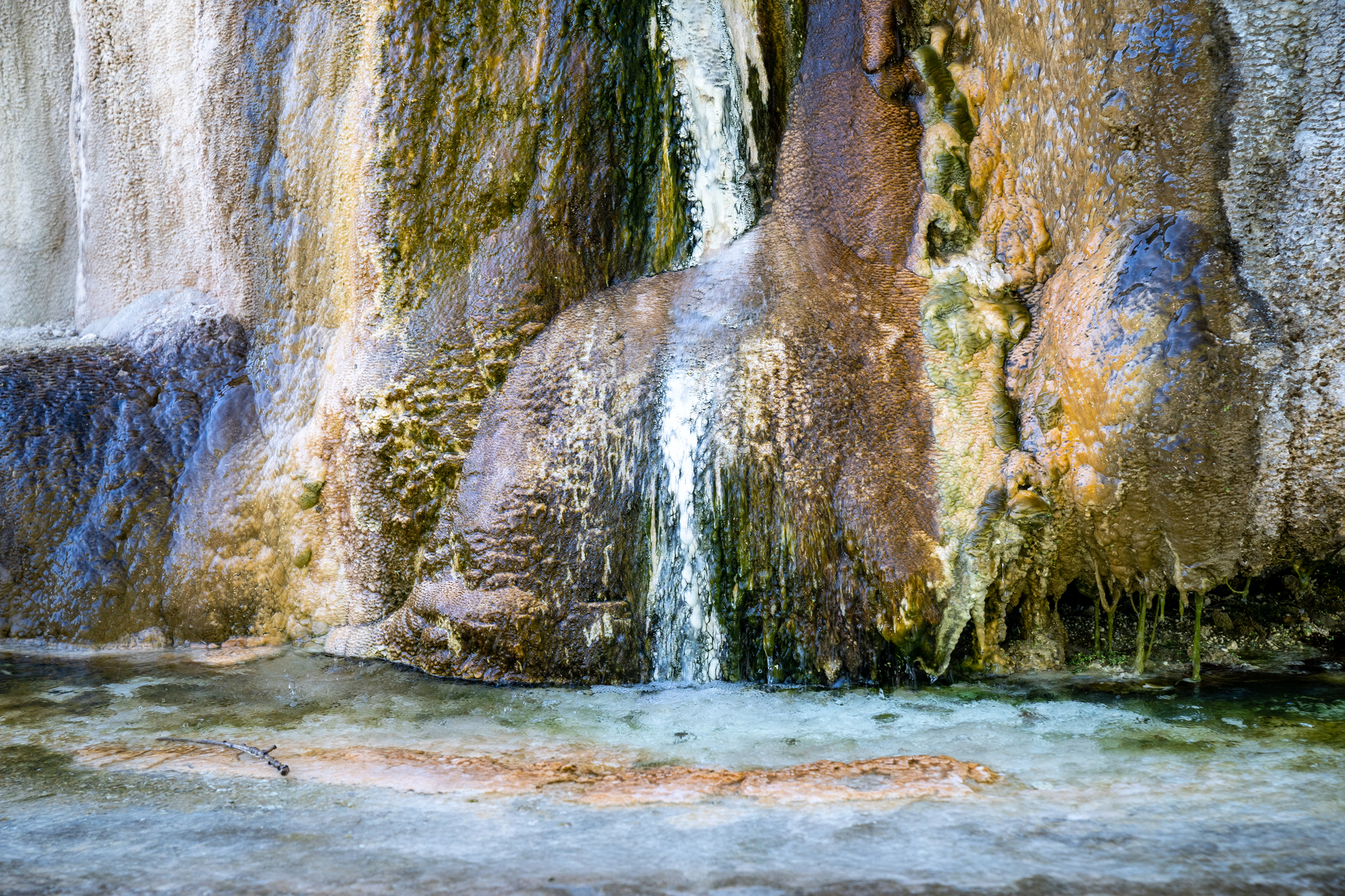
Wyoming’s hot spring state park sits directly adjacent to the main street of this appropriately named town, delivering more than 3 million gallons of mineral water daily at a constant 135°F. The state constitution guarantees free public access to a portion of the springs, honoring an 1896 treaty with the Shoshone and Arapaho tribes who originally controlled this sacred healing site.
Downtown businesses benefit from constant visitor traffic moving between the commercial district and the steaming travertine terraces where the springs surface.
Băile Herculane
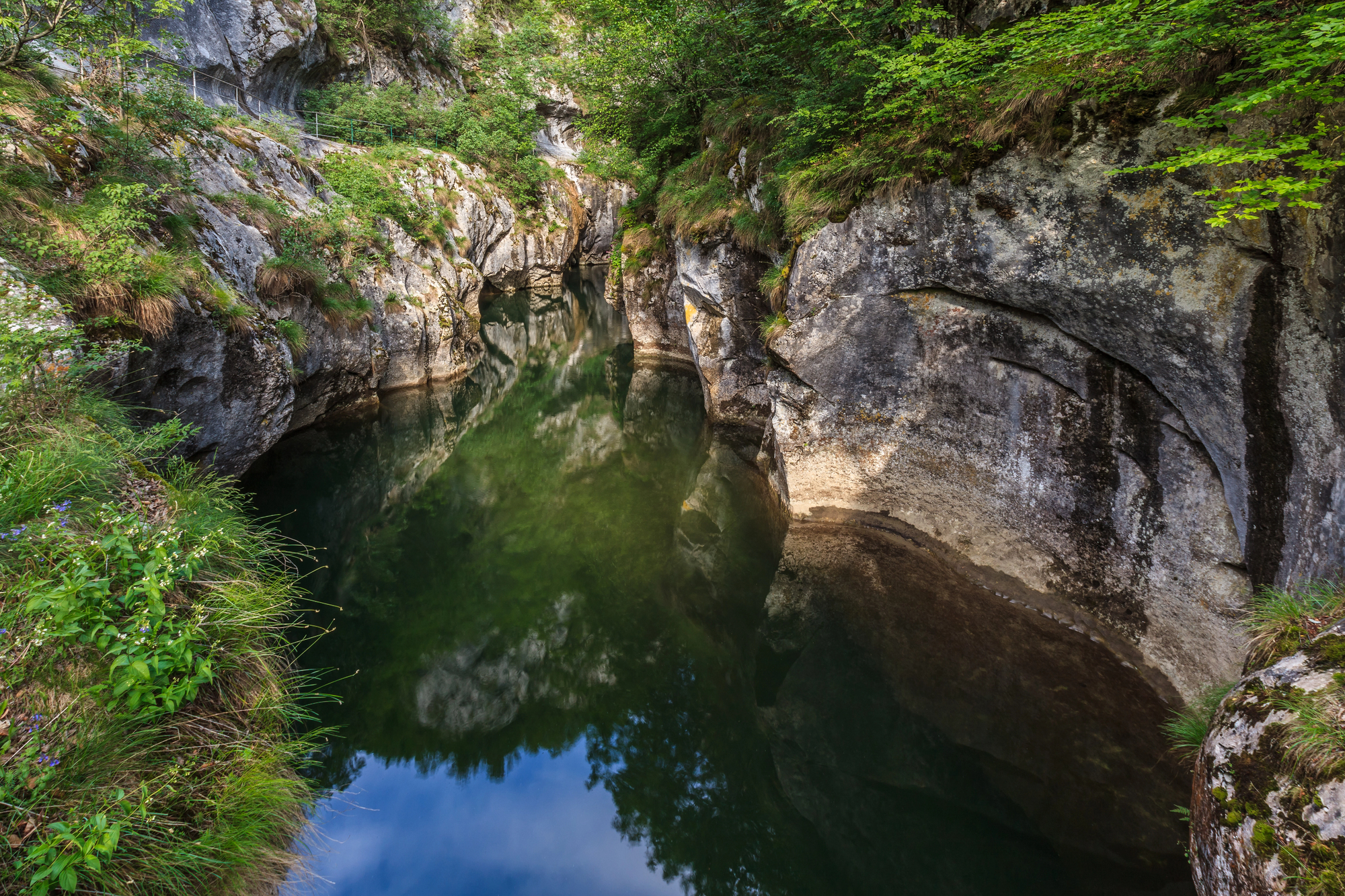
One of Europe’s oldest spa towns, this Romanian gem features neo-baroque architecture specifically designed around numerous thermal springs that emerge throughout the downtown area. Roman emperors once traveled here for the healing waters, with ruins of ancient bathing facilities standing alongside elaborate 19th-century spa buildings constructed during the Austro-Hungarian Empire.
Despite periods of neglect, the constant flow of therapeutic water has maintained the town’s identity as a healing center for over 2,000 years.
Hot Springs
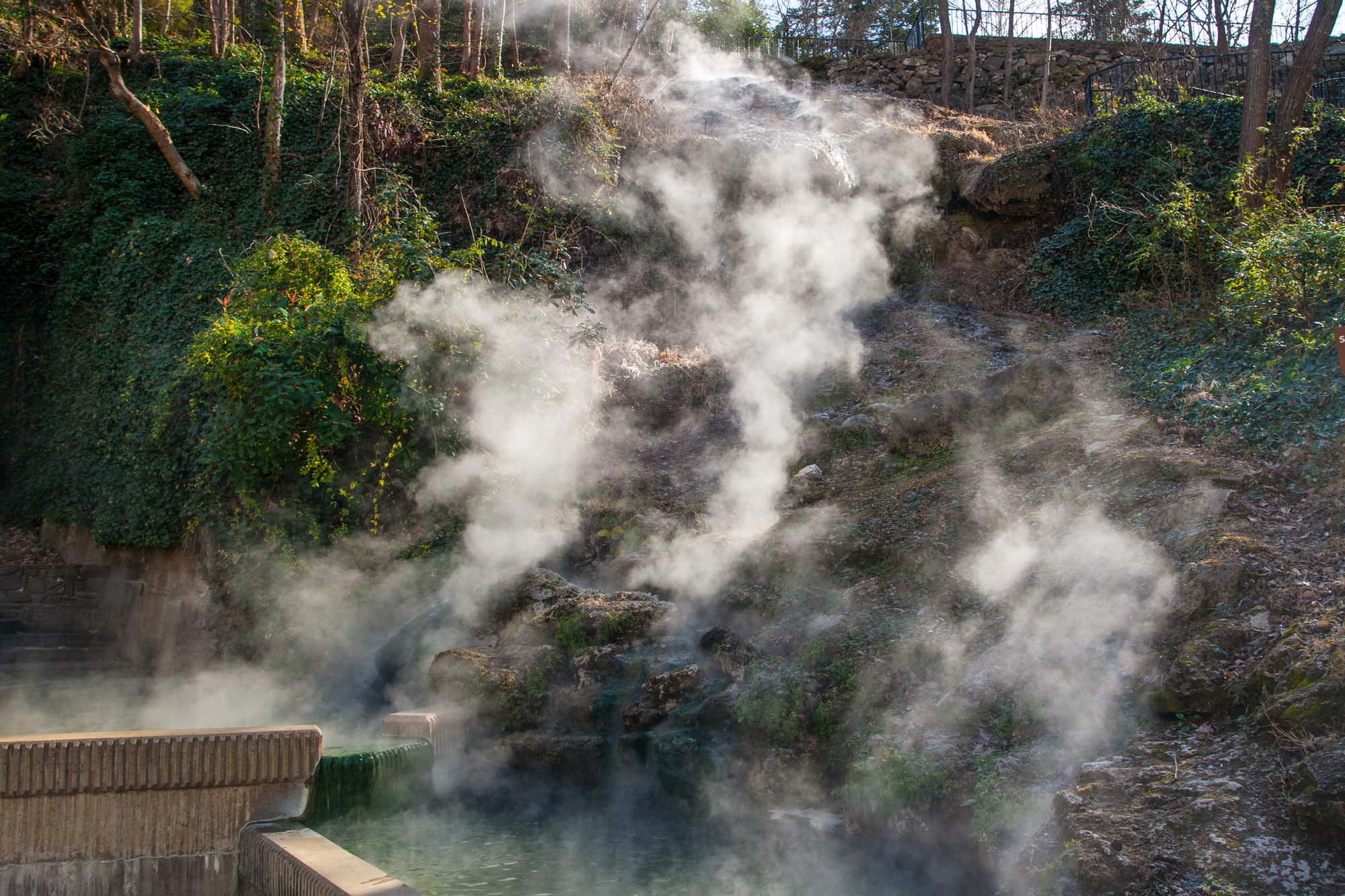
This Arkansas town developed entirely around its thermal features, with a bathhouse row forming a grand promenade of historic spa buildings directly on the main downtown boulevard. The 47 springs deliver nearly a million gallons of 143°F water daily, with steam rising from fountains and display springs integrated throughout the urban landscape.
The National Park Service now protects these unique thermal features right in the town center, preserving both the natural springs and the distinctive architectural response they inspired.
Like Travel Pug’s content? Follow us on MSN.
Baños de Agua Santa
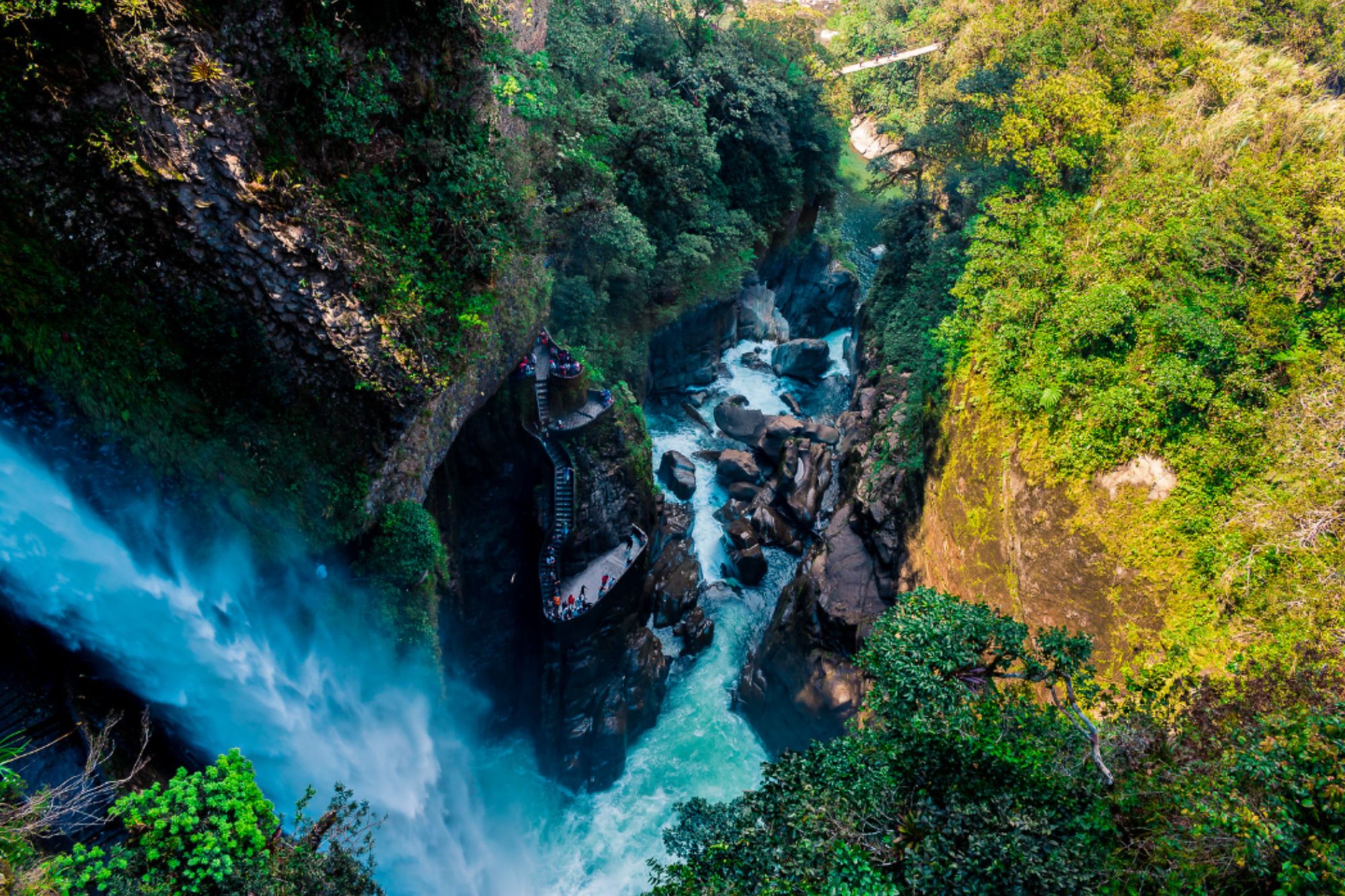
Situated at the foot of the active Tungurahua volcano in Ecuador, this town features multiple hot springs heating downtown plazas and feeding various public bathing facilities. The distinctive green-tinted thermal water contains minerals leached from volcanic rock, giving it therapeutic properties celebrated since pre-Columbian times.
Catholic traditions merged with indigenous healing practices, resulting in unique cultural rituals performed at certain springs believed to have different healing specialties.
Baden-Baden
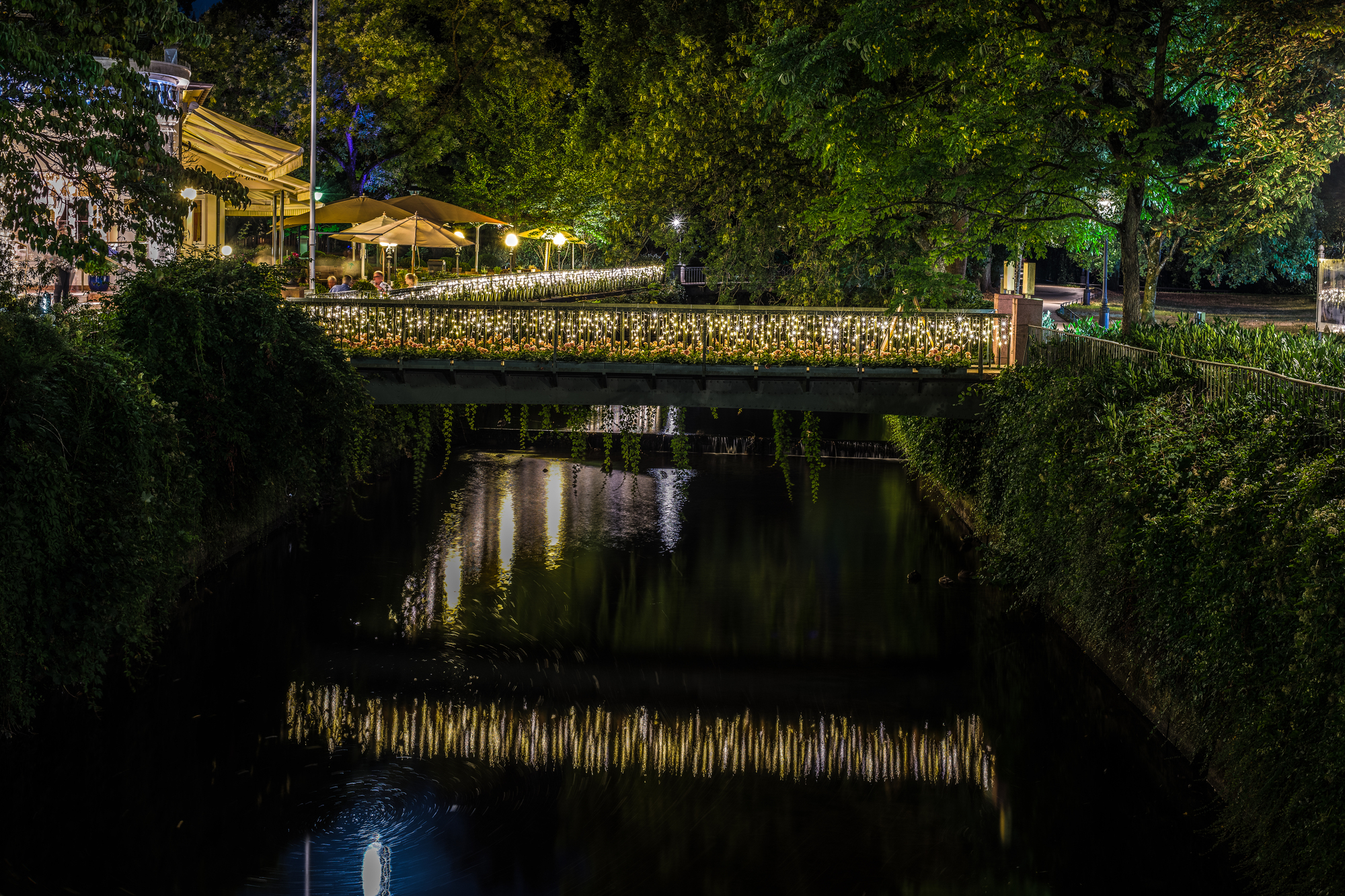
This elegant German spa town centers around thermal waters that have attracted visitors since Roman times, with elaborate facilities ranging from historic bathhouses to modern wellness centers all within the compact downtown. The 29 natural springs deliver water rich in sodium chloride at temperatures up to 154°F, supporting a sophisticated bathing culture that has evolved over centuries.
Grand colonnaded buildings line the Lichtentaler Allee, creating a distinctive architectural landscape specifically designed to complement the thermal bathing experience.
Banff

The discovery of hot springs on Sulphur Mountain led directly to the creation of Canada’s first national park and the development of this charming Alberta town. The historic Banff Upper Hot Springs facility sits within the town limits, offering panoramic mountain views from steaming pools fed by naturally heated mineral water.
The springs maintain a constant temperature of approximately 98-104°F, providing a warm contrast to the often frigid mountain environment.
Like Travel Pug’s content? Follow us on MSN.
Hammam Meskhoutine
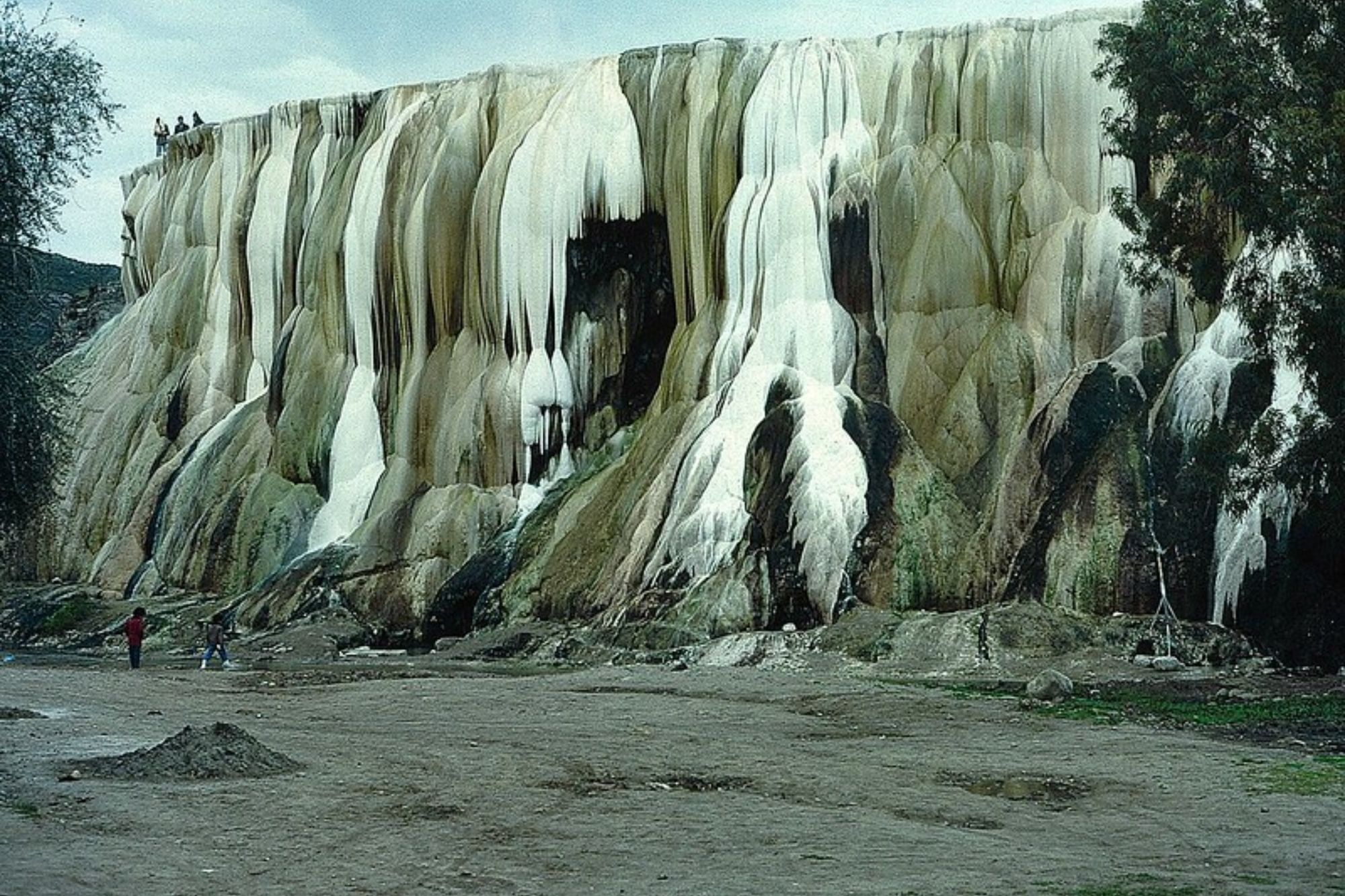
Known as the ‘Bath of the Damned,’ this Algerian town features hot springs that reach a scalding 207°F—among the hottest natural springs on earth. The mineral-saturated water has created spectacular travertine formations throughout the downtown area, with cone-shaped deposits rising over 16 feet high.
Local legends about the unusual formations involve a forbidden marriage turned to stone, adding cultural richness to the extraordinary geological features that define the town center.
Calistoga
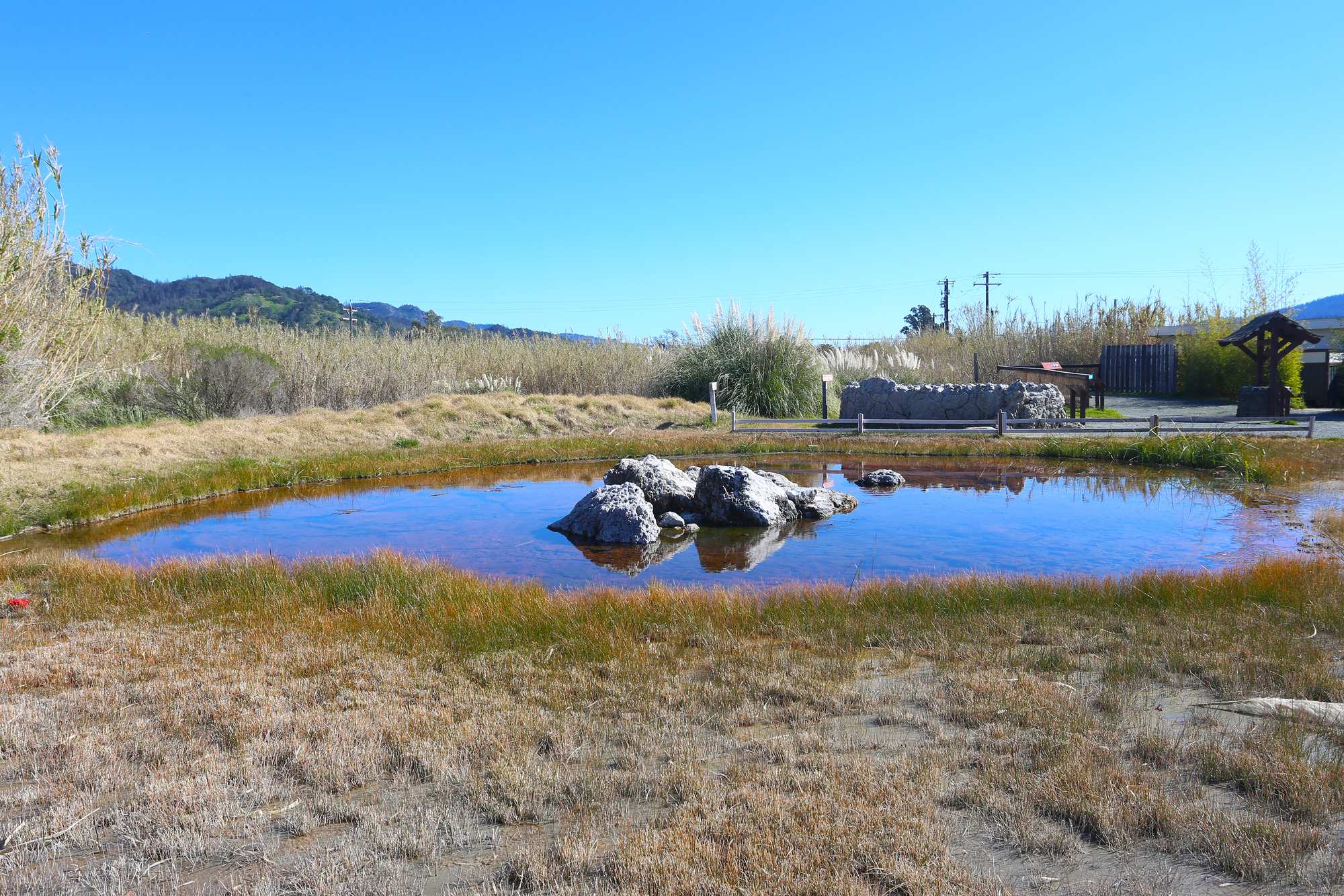
Founded by California’s first millionaire specifically to harness the area’s geothermal features, this Napa Valley town combines wine culture with hot spring traditions. The underground volcanic activity delivers both mineral water and the perfect conditions for the town’s signature treatment: mud baths created from locally sourced volcanic ash mixed with thermal water.
Historic spa buildings from the late 1800s still stand in the downtown area, many offering updated versions of treatments that have remained essentially unchanged for over a century.
Geological Gifts

These remarkable towns demonstrate how natural thermal features can shape human settlements, creating distinctive architectural responses and cultural practices centered around the everyday luxury of abundant hot water. Unlike manufactured attractions, these geological phenomena provided communities with sustainable resources that continue flowing regardless of economic conditions or changing tourism trends.
The enduring appeal of these places speaks to our timeless appreciation for natural phenomena that combine practical benefits with an element of wonder.
More from Travel Pug

- Cities Growing so Fast You Won’t Recognize Them in 10 Years
- 13 Destinations Where Tourists Regularly Regret Their Trip
- 16 U.S. Cities That Are Quietly Becoming Travel Hotspots
- Where to Travel If You Love Long Bus Rides and Daydreams
- 20 Cities Perfect for Solo Travelers Who Crave Adventure & Culture
Like Travel Pug’s content? Follow us on MSN.
